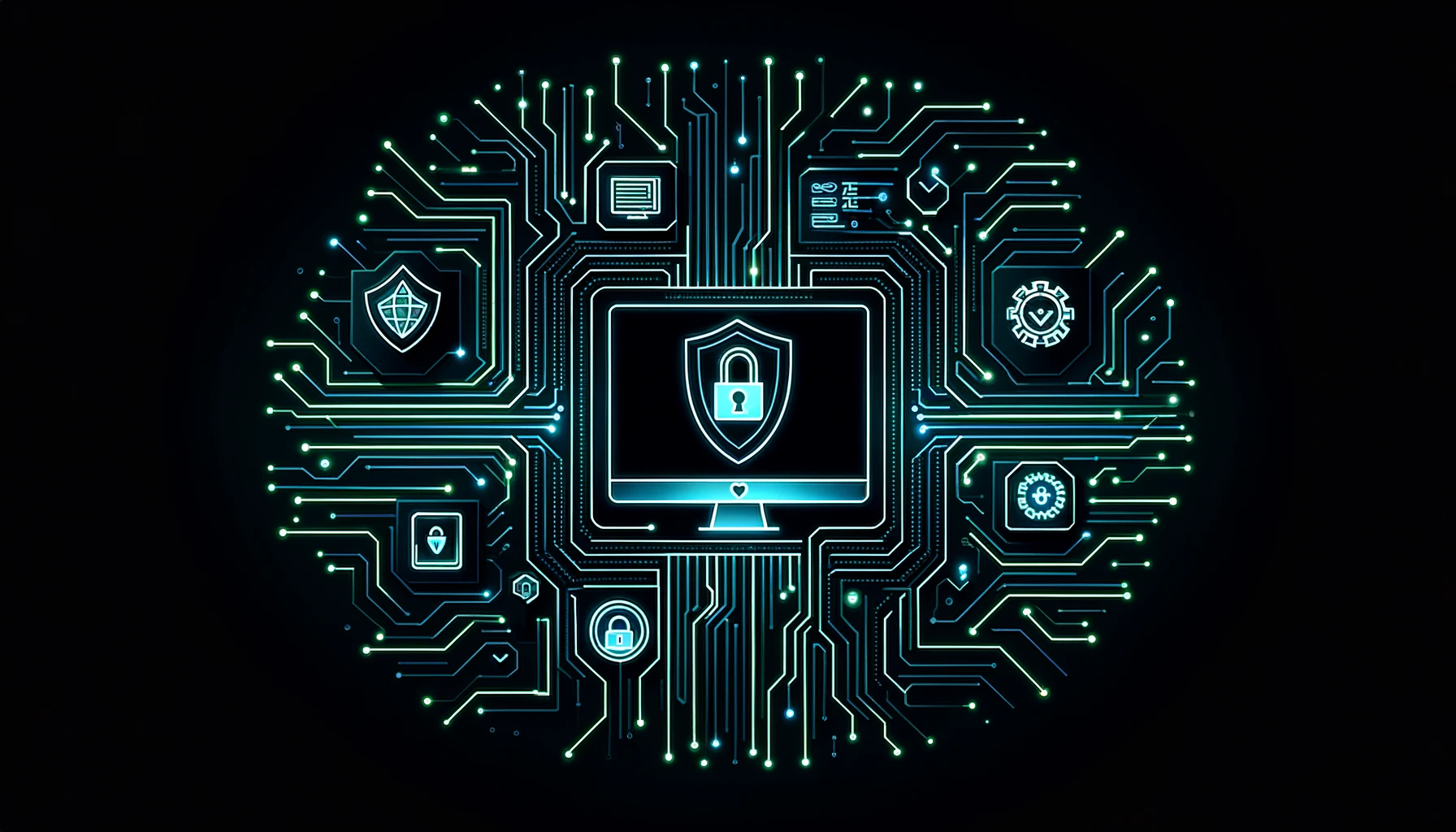Master Data Management (MDM)
Master Data Management (MDM)
Master Data Management (MDM) is a way to make sure data is correct, consistent, and safe across an organization. In industries like healthcare, finance, and telecom, MDM is a key tool for managing important data and following rules like GDPR and HIPAA. MDM keeps all data in one place and helps cybersecurity by reducing weaknesses and making sure data is safe. This makes it really important for companies to use MDM to protect their data well.
To learn more about keeping healthcare data safe, check out our article on electronic health records.
Key Points
- Single Source of Truth: MDM provides a single, accurate view of data, which is very important for keeping data safe.
- Supports Compliance: Helps meet data rules like HIPAA and GDPR, reducing risks of breaking these rules.
- Reduces Data Breach Risks: Keeps data in secure places, with strong access controls and encryption.
- Improves Data Quality: Gets rid of data silos, making data more reliable for decisions and compliance.
- Works with Cybersecurity Tools: Integrates with SIEM, DLP, and IAM systems to improve security.
Related Terms
Key Parts of MDM for Better Cybersecurity
- Data Governance and Policy Enforcement: MDM is about setting rules for handling data safely. This includes deciding who can see or change the data, which is called access control.
- Data Quality and Accuracy: Good quality data is important for making decisions. MDM keeps data correct, which is important for following rules and having strong cybersecurity.
- Data Lineage and Audit Trails: Tracking where data comes from and how it's used makes it easier to see if anything goes wrong. This helps with compliance and finding issues quickly, which is especially needed in finance.
How MDM is Used in Different Industries
Healthcare
MDM in healthcare keeps patient records organized, reduces errors, follows HIPAA rules, and limits security risks. By keeping all patient data in one place, healthcare providers can work faster and keep data safe.
To learn more about healthcare security, see our guide on phishing risks in healthcare.
Finance
In finance, MDM keeps customer data secure and easy to check. This helps with GDPR compliance and stops fraud. Having all the data in one place makes it easier to notice anything unusual.
Telecom
Telecom companies handle huge amounts of data. MDM helps them keep customer data organized and secure. Using AIOps (Artificial Intelligence for IT Operations) can make managing this data even easier and more secure.
MDM’s Role in Following Rules and Managing Risks
- GDPR and HIPAA Compliance: MDM helps companies follow privacy laws like GDPR and HIPAA by keeping data accurate and making sure only the right people can access it.
- Data Breach Prevention: MDM makes it harder for unauthorized users to get data. By keeping all data in one secure place and managing access, MDM lowers the risk of data breaches.
For more information on compliance, check out our post on the NIS2 Directive.
MDM and Cybersecurity Tools
- Data Encryption: MDM makes sure all data is encrypted, which means it is turned into a code to keep it safe from hackers. This is especially important for financial data.
- SIEM Integration: MDM can work with SIEM tools to watch data in real time. These tools help find and stop threats quickly by checking data logs for anything suspicious.
- Data Loss Prevention (DLP): By adding DLP to MDM, companies make sure sensitive data isn't shared or exposed without permission, helping prevent data leaks.
- Access Management and Role-Based Control: Combining Identity Access Management (IAM) with MDM allows companies to strictly control who can access certain data, keeping unauthorized users out.
To learn more about related cybersecurity practices, read our post on cyber resilience strategies.
FAQ
Personal data such as name, date of birth, address, gender, health insurance and insurance coverage information are checked.
The VSDM is performed at every first doctor-patient contact in a quarter.
If the data is not up to date, it is automatically updated as you read in the eGK. This is done by comparing the information stored with the health insurance company.



































